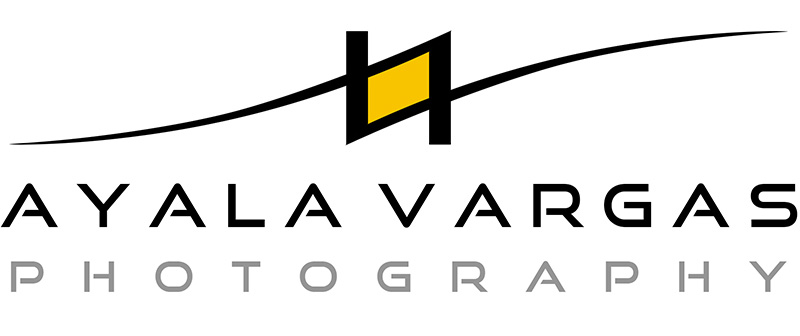Gloria Marshall Elementary School
Location: Spring, TX, USA
Area: 9.847 m2 - 106.000 SF
Authors: Stantec (SHW Group)
Mark Lam, AIA; Tracy Eich, AIA;
Luis Ayala, AIA; Jody Henry, AIA; Matt Gvist, AIA; Eddie Blanco, AIA.
Photography: Luis Ayala, AIA
Date: 2008-2010
*2011 AIA Design Award winner
*2011 TASA TASB Caudill winner
*2011 USGBC Green School Award
Published on Architectural Record, Texas Architect, Archdaily.
What initially began as a “repeat” school design resulted in one of the greenest elementary schools in the state of Texas without adding any costs to the district’s capital budget. When SHW Group and Spring ISD first began exploring the goals for the new school, conversations quickly turned to daylighting, energy efficiency and water conservation. This led to an original sustainable, high-performance school designed as a teaching tool that will educate generations of students about resource conservation.
Pacesetting sustainability
The school was designed to achieve LEED Gold certification. In addition, SHW Group designed the school to meet criteria for Collaborative for High Performance Schools (CHPS), the nation’s first green building rating program especially designed for K-12 schools. The building is the first school in Houston to use geothermal heating and cooling, which saves around 35 percent in energy consumption over the current code.
The school is a two-story rectangular building oriented with long sides facing north and south. Each classroom has natural light and the south-facing classrooms take advantage of daylight harvesting. In addition, the building was designed to have lights off in the classrooms 75 percent of the time, so each room will have sensors that turns the lights on and off based on levels of natural light.
Teaching tool
The building is designed to use an environment-focused, project-based curriculum. This will ensure that the entire school and its sustainable elements are teaching tools.
For example, the entry to the building is alongside a science garden and eco-pond that includes an above-ground cistern and a water trough. These can be used to teach children integrated concepts about math and science that allow for real-world experiences. Under the parking lot and playgrounds is a geothermal well field that houses a system of tubes and valves that take hot and cold water in and out of the building. Through the use of a web-based learning tool, students are able to interact with the building systems and know the temperature of the water as it leaves the building and when it returns from deep in the earth.
Additional green features include:
A highly reflective white-colored roof
An on-site wind turbine, 10,000-kilowatts of roof-mounted photovoltaic cells which will convert sunlight directly into electricity
A butterfly garden along a walking trail
An underground cistern that collects rainwater from the roof and is used to flush toilets and urinals
Trees from the existing site were reused in the building as desks, benches and conference room tables
Many of the materials used for its construction are made with recycled content or made of rapidly renewable resources
The school also uses less water by having no irrigation
















































